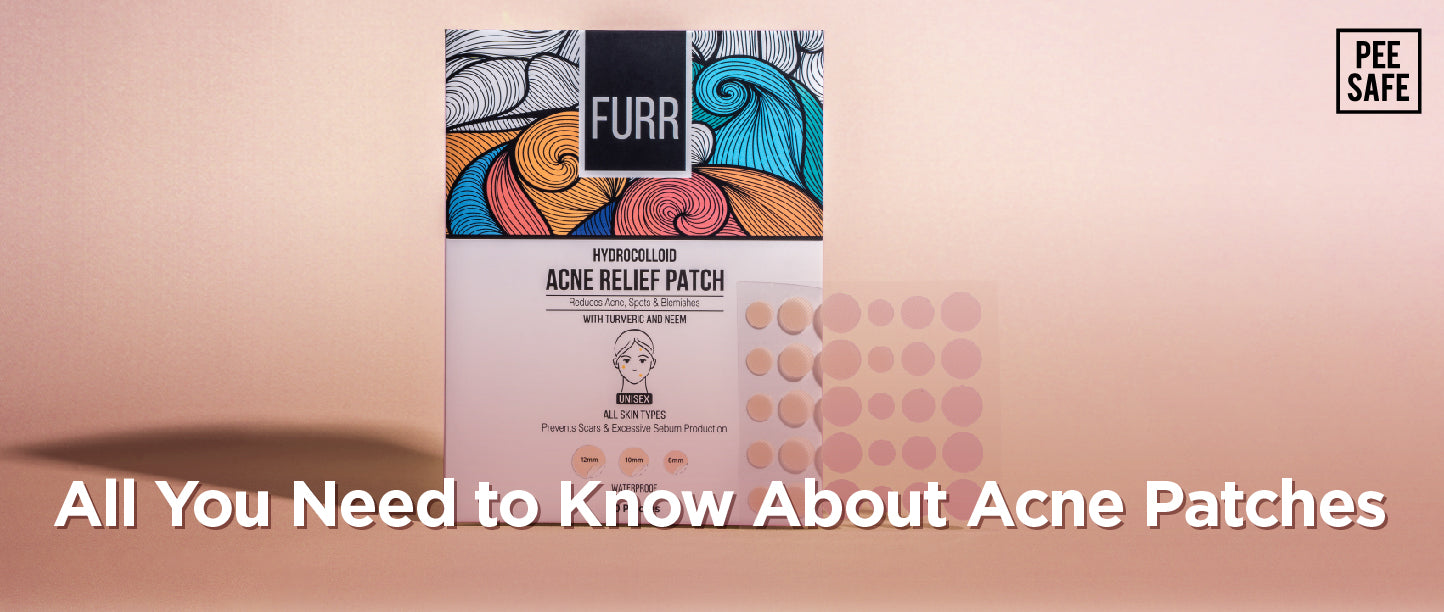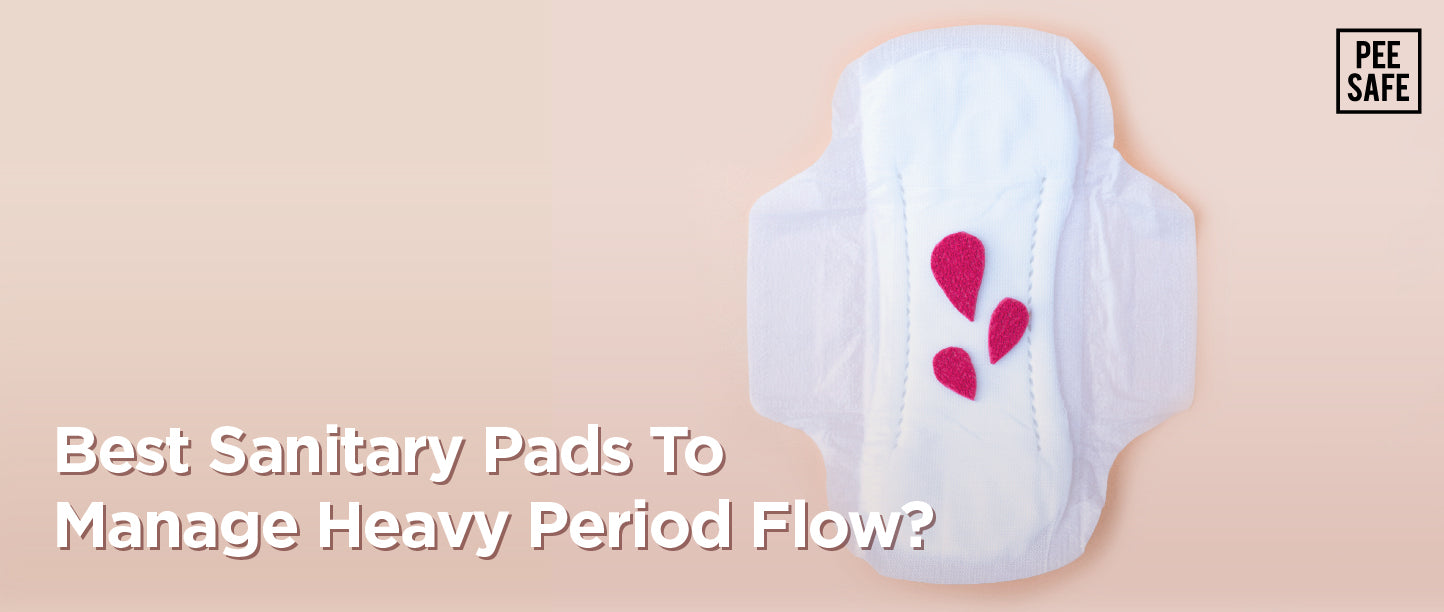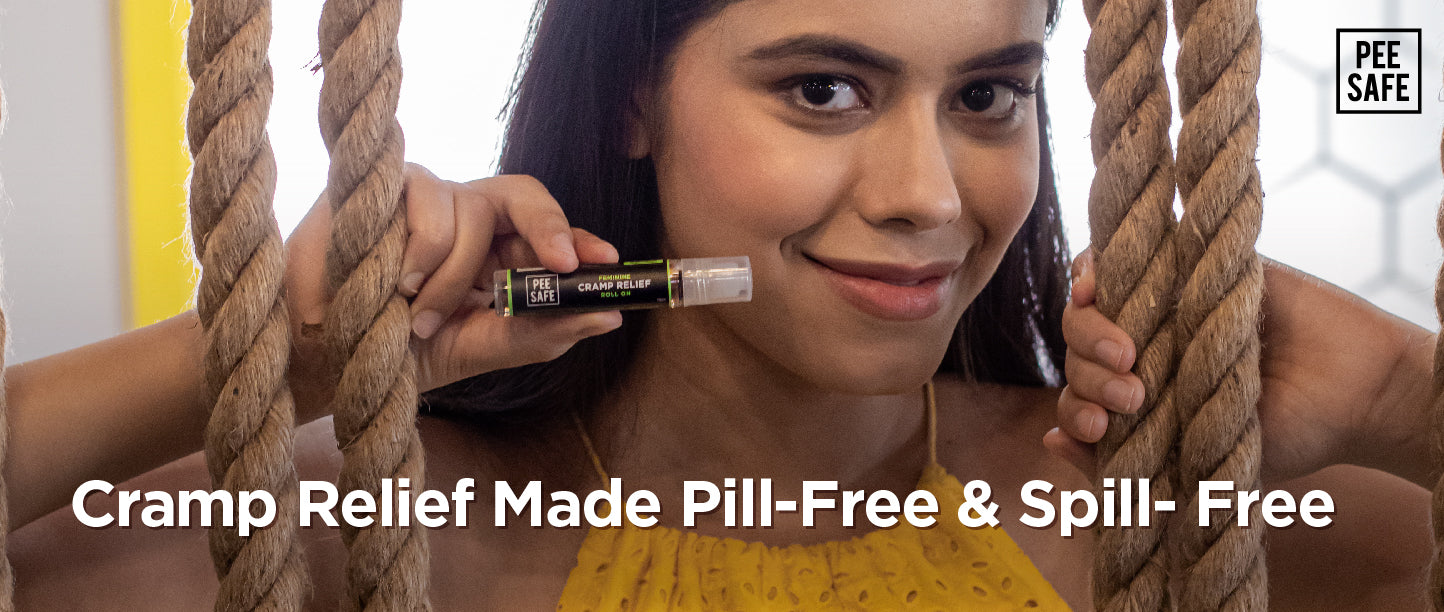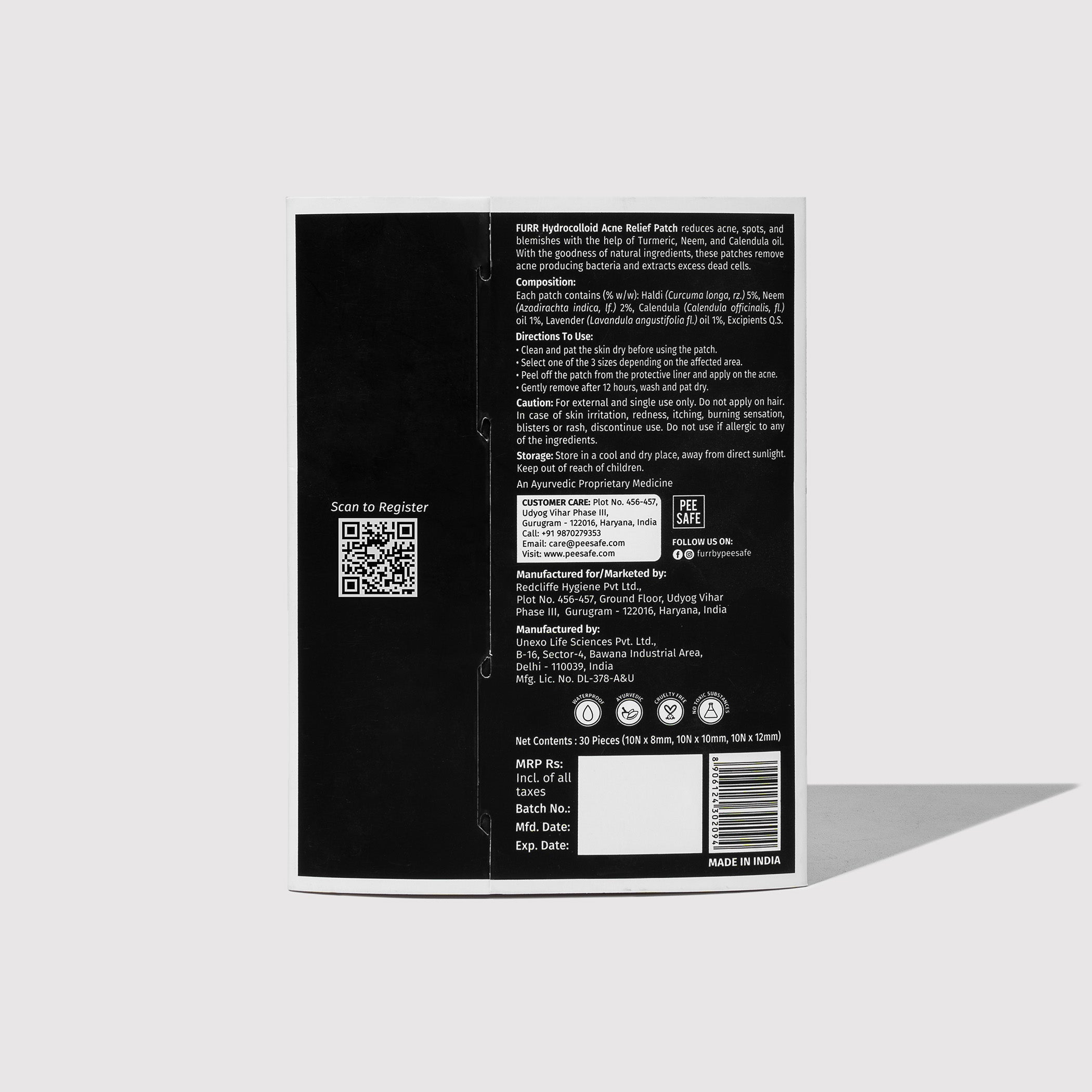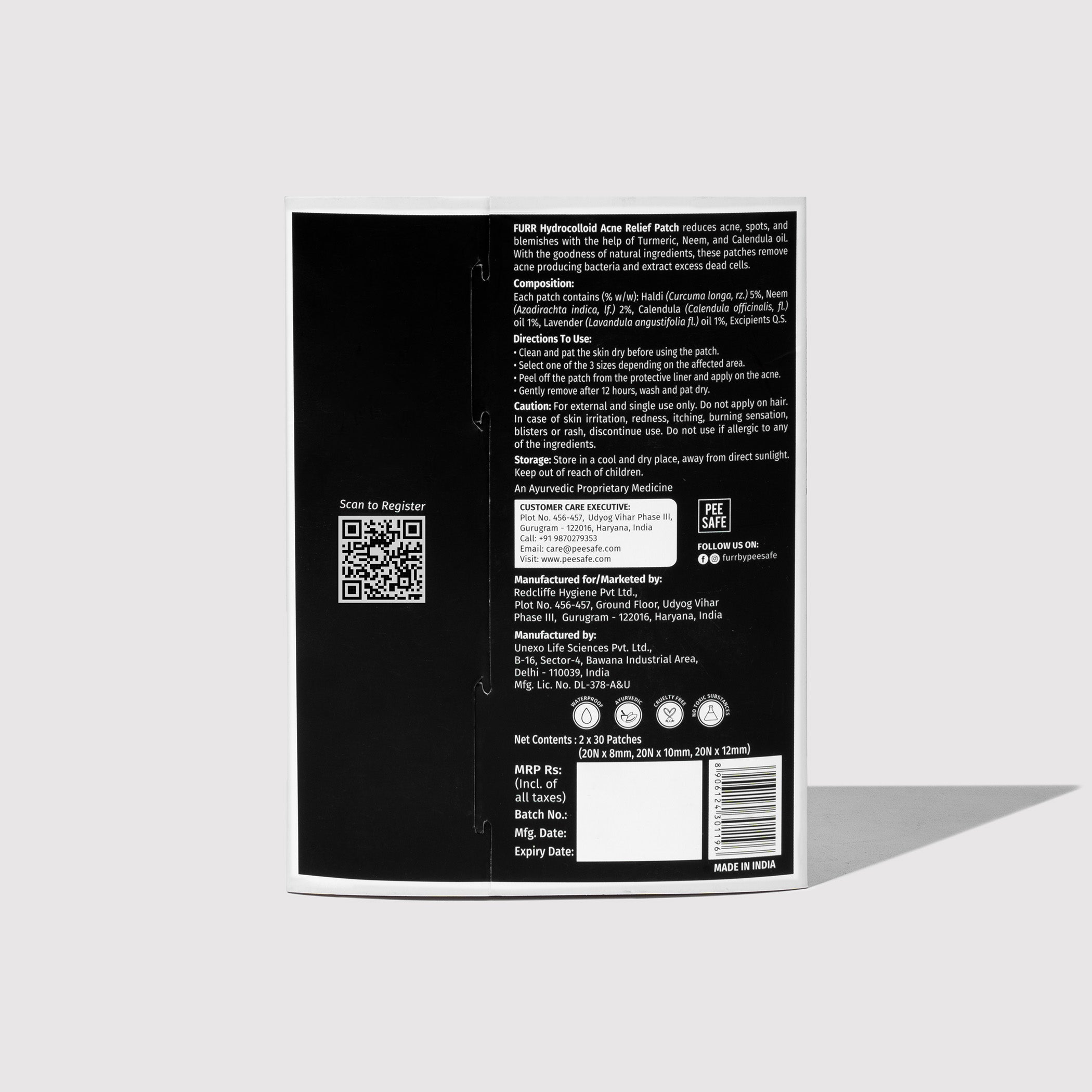A pimple that decides to make a grand entry on a big and important day - sounds familiar? The stories of people whose skin broke out right in time for their college farewell, party or brunch are all too common. It’s almost as if the pimples know about your plan, and want to be a part of the fun! Jokes aside, these pesky pimples can be annoying and the temptation to pop them is high! What if we tell you that there’s a product that can conceal the pimple? Enter Acne Relief Patches.
What are Acne Relief Patches?
Acne relief patches are small, usually skin coloured patches that you apply directly to acne on your skin. They contain ingredients that help to reduce inflammation, absorb excess oil, and speed up the healing process of blemishes. They also conceal the appearance of pimples, making your skin look even.
How do Acne Relief Patches Work?
They work by absorbing excess oil and pus from the affected area, reducing inflammation, and promoting faster healing.
Acne patches are made of hydrocolloid, an absorbent material also used in wound care, forming a protective layer over the blemish.
They have a gentle glue that sticks to the skin without irritating. These patches are designed to be nearly invisible, making them discreet when worn.
The primary role of these patches is to absorb pus, oil, and impurities from pimples. They create a healing environment similar to wound dressings, promoting faster recovery.
While acne patches can be effective for certain types of acne, they may not be suitable for all cases. For severe or persistent acne, it's best to consult a dermatologist.
What are the steps to be followed when applying the Acne Relief Patches?
Achieving a clearer complexion is just a patch away! Follow these simple steps to apply an acne relief patch:-
- Cleanse the Skin: Start washing your face with a gentle cleanser. Pat the skin gently with a towel to remove any excess moisture. Ensure the area where the patch will be applied is thoroughly clean and dry.
- Choose the Right Patch Size: Select a patch that covers the blemish completely.
- Apply the Patch: Carefully peel the patch from its backing without touching the sticky side. Place it directly over the pimple, pressing down to ensure it adheres securely.
-
Leave It On: For best results, leave the patch on for several hours or overnight. The longer it stays on, the more it can draw out impurities and fluids from the pimple, enhancing its effectiveness. But don’t keep it for more than 12 hours.
What are the benefits?
- Absorbs Excess Oil: Acne patches draw out excess oil, pus, and impurities, reducing the size and severity of pimples.
- Prevents Picking and Touching: Acting as a barrier, these patches help prevent the urge to pick or touch the pimple, reducing the risk of irritation, scarring, and bacterial spread.
- Accelerates Healing: By creating a moist environment, acne patches promote faster healing and reduce scabbing, allowing the skin to recover more efficiently.
-
Reduces Inflammation and Redness: The soothing hydrocolloid material in the patches helps calm the skin, reducing inflammation and redness associated with acne.
In conclusion, acne relief patches offer a convenient and effective solution for managing breakouts. They work by absorbing excess oil and impurities, reducing inflammation, and creating a protective barrier to prevent further irritation. These patches are ideal for those who want a discreet, easy-to-use option for treating pimples, helping to accelerate the healing process and reduce the risk of scarring. If you're dealing with occasional blemishes, incorporating these patches into your skincare routine can lead to clearer, healthier skin.


























